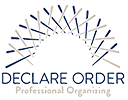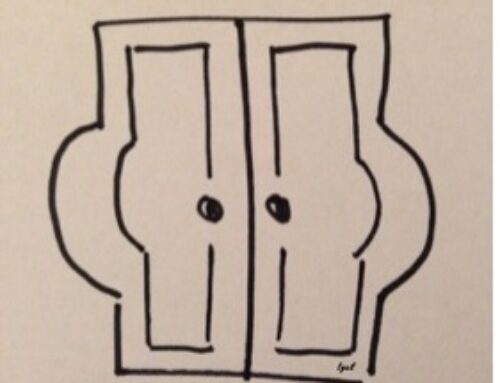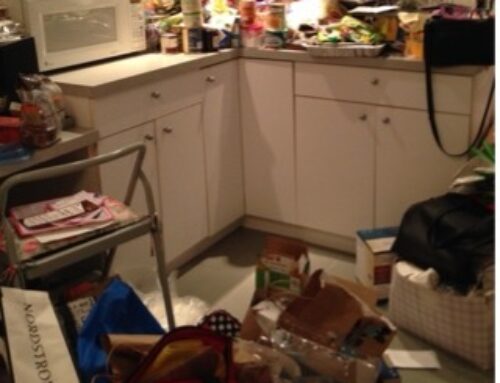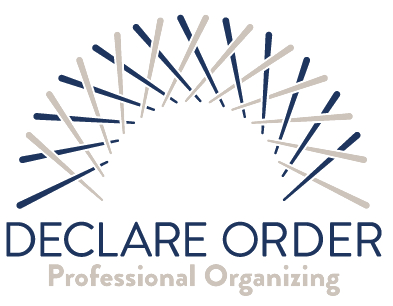One of the most challenging things about decluttering is the explosion of stuff. Once piles and stacks are moved into the sorting area, more piles and stacks are revealed. Items that were once packed tightly into compact spaces, spread their legs and enjoy the view. Then the rest of the items clamor to get loose.
This clutter explosion is why people dread decluttering!
It may sound silly, but it is true. Decluttering can make an overwhelming mess. One that becomes too large to tackle in one session.
Here are three strategies for tackling decluttering messes that help reduce the clutter explosion in the first place:
- Minimize Movement
By minimizing movement, I mean don’t drag everything out into the middle of the room! Personally, this method is less natural for me, but I learned it from another professional organizer when I was first starting out and have found it useful for certain clients, or situations.
Most of the time when I am decluttering, I like the grand gesture of it all. We pull everything out and sort it, then return to wipe off the neglected shelves and sweep or run the vacuum. We start with a blank slate as we organize and it becomes a complete refresh.
Using the “minimizing movement” method means the stuff stays within the confines of the area we are working in. It might get moved down a shelf, or over one, but all of the sorting takes places within the closet or cupboard. Items may be removed later, but they are not moved across the room and back again. And, for the most part, belongings stay off of the floor.
This method is tough in crowded master closets, but I have done it. We just kept chunking categories together, then scooting them down, or moving them around. It doesn’t address underlying dust as well, but the trade-off is that it doesn’t explode all over the open areas and need to be put back.
- Containerize and Prioritize
For this method, we have containers on hand for categories that are a lower priority. For instance, as a client starts pulling clutter out of the closet, we notice many items going into a category that should be gone through in greater detail, but will not be returned to the closet as part of the new organizing system. Rather than continue to let these items pile up and accumulate during the sorting process, we transfer them to a container. Any other items in that category will land in the container.
Once the sorting and organizing is complete, we revisit the container. If the client is out of steam, the lid is popped on the container and it is carried/slid to another location to be dealt with later.
Not every decision needs to be made in one session.
- Think Small
This may sound like common sense, but it can be really tempting to declutter an entire room all at once. Focusing on smaller sections at a time will minimize the clutter explosion.
To declutter in the kitchen, for example, concentrate on the food in the pantry before working through the small appliances and other items that are stored there. It may mean the pantry is decluttered in several stages, but at least they will be manageable ones. This is true for cabinets as well. Start with one category and get through the decluttering process in the one category. Once several categories have been sorted and organized, it will be less of a mess to revisit the overall systems.







Leave A Comment